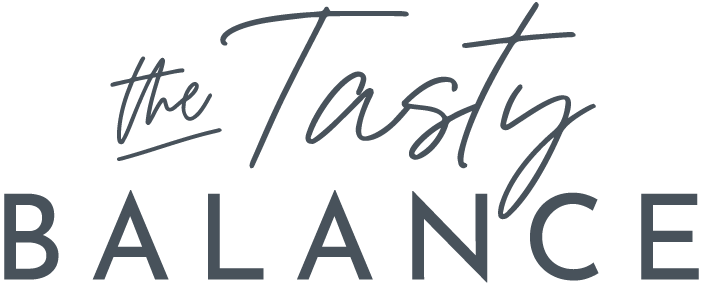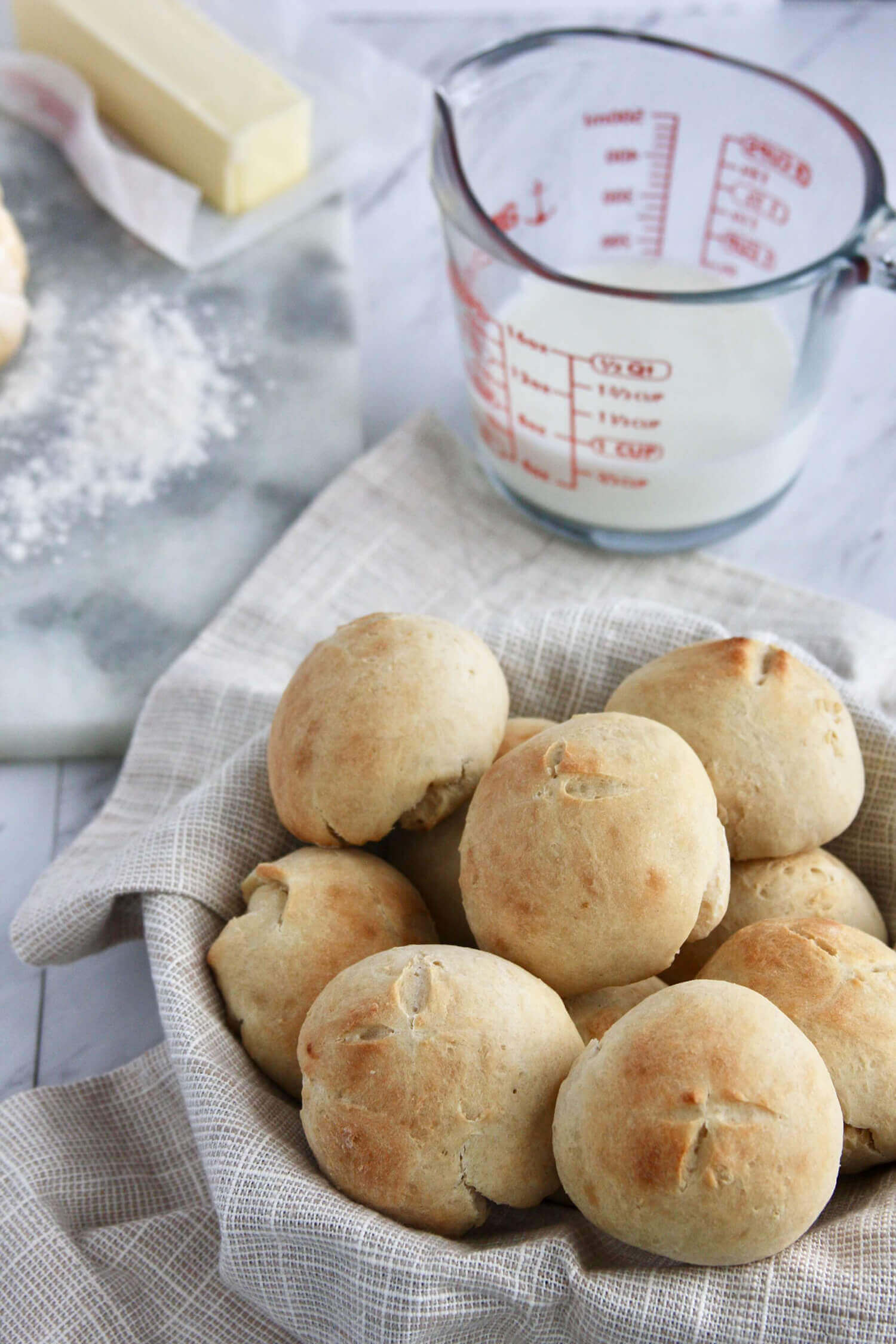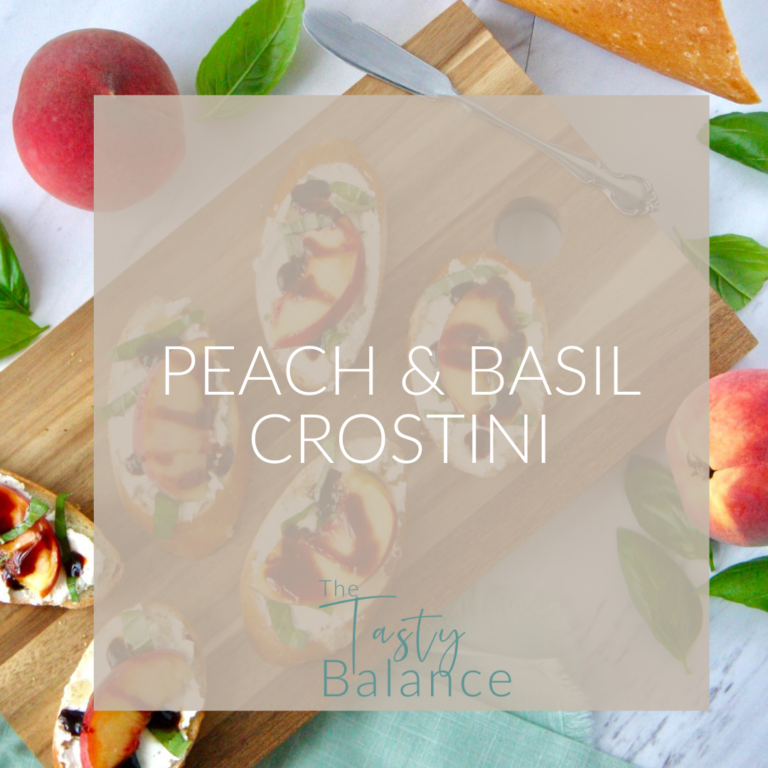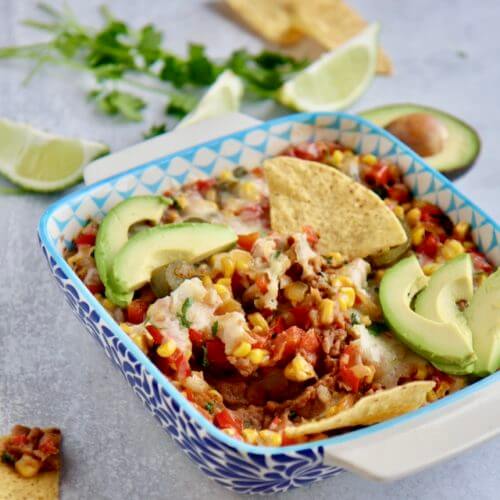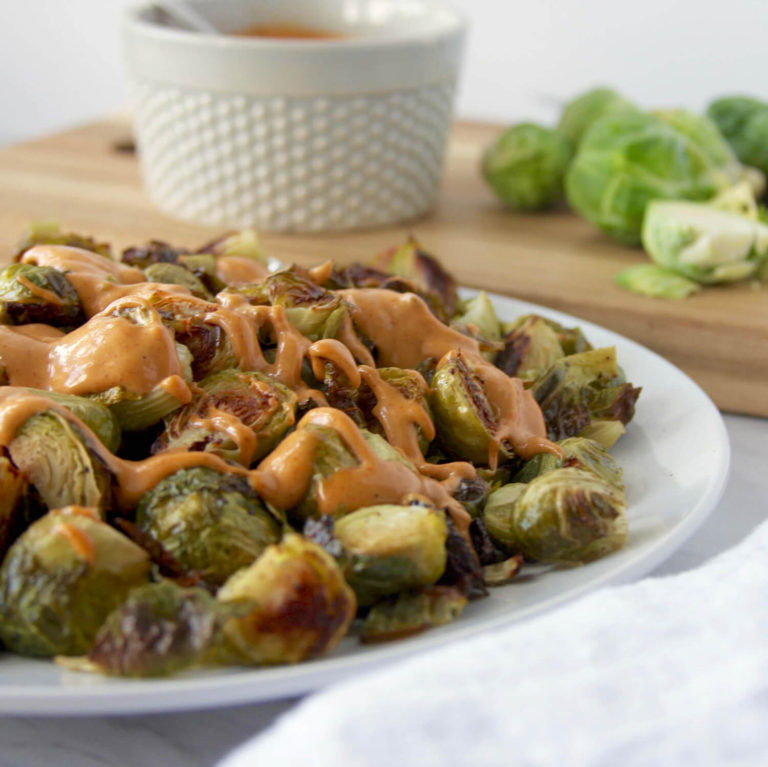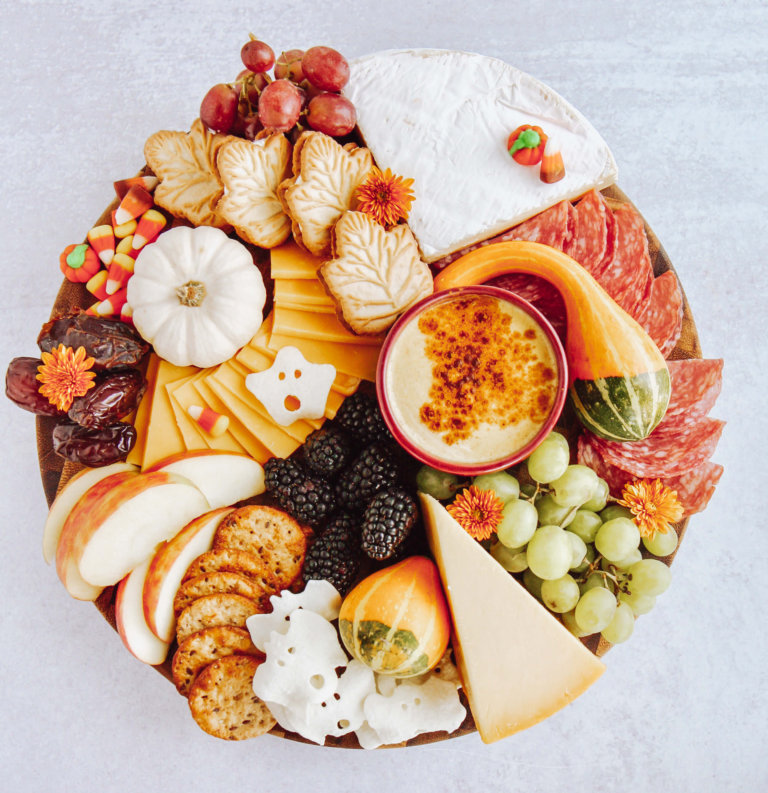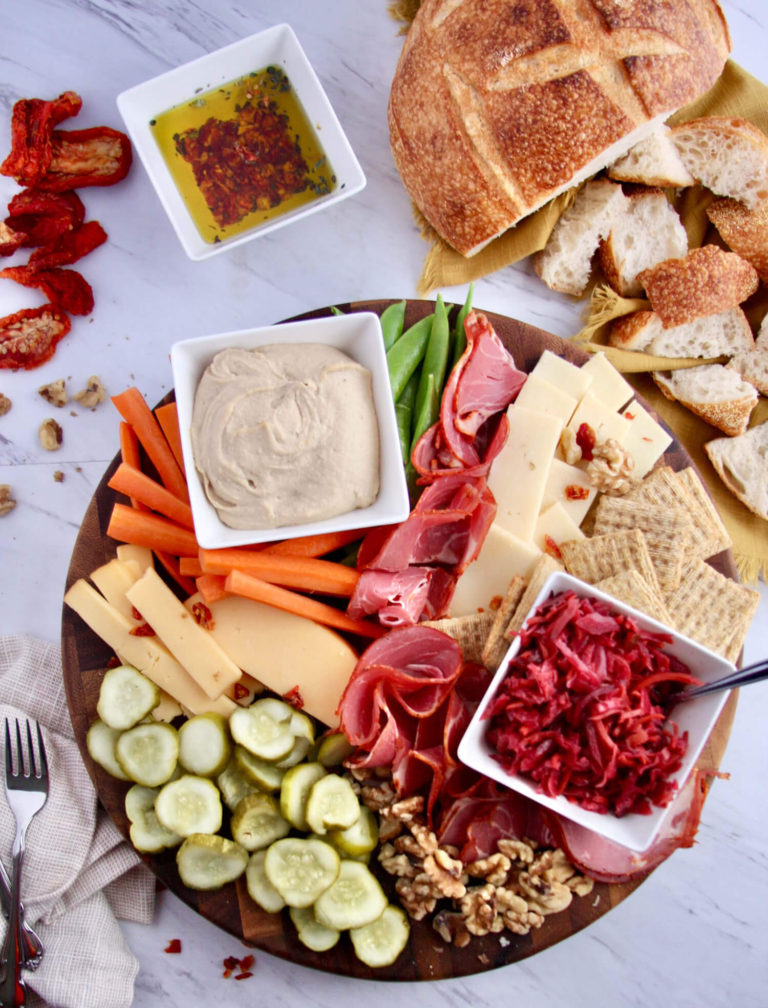Twinkling Rolls
Disclosure: This post was created in partnership with Midwest Dairy. I was compensated for my time and all opinions are my own.
Previously this week I shared the story of the Leaches and the resiliency it takes to be dairy farmers. Check out the story here. This roll recipe was shared by Lisa Leach. It was originally a recipe from her grandmother who was born in 1895.
Lisa grew up in a three-story farmhouse on a dairy farm with her grandparents and parents. Her mother and grandmother each had their own kitchen in the farmhouse and she said these rolls were being made practically every week. All three of Lisa’s daughters have made these rolls for the county fair and received top ribbons.
How can dairy fit into a plant-based diet?
I have had a lot of clients, friends, and family ask me recently about my opinion on animal products and dairy. I think the reason I have had an influx of these questions is a few documentaries and publications touting a vegan and vegetarian diets for optimal health. Yes, eating a diet rich in fruits, vegetables, legumes, whole grains, nuts, and seeds have been shown to have a positive overall health impact but eating plant-based doesn’t mean you have to only follow a strict vegan or vegetarian diet.
A lot of people think it is an all or nothing situation. We should stop thinking about plants vs. animals; instead thinking about how we can strike a balance between the two while being conscious of our health and of the planet. Dairy and other animal products can still be part of a plant-based diet and can help provide nutrients that are harder to get from a vegetarian diet like vitamin D and calcium.
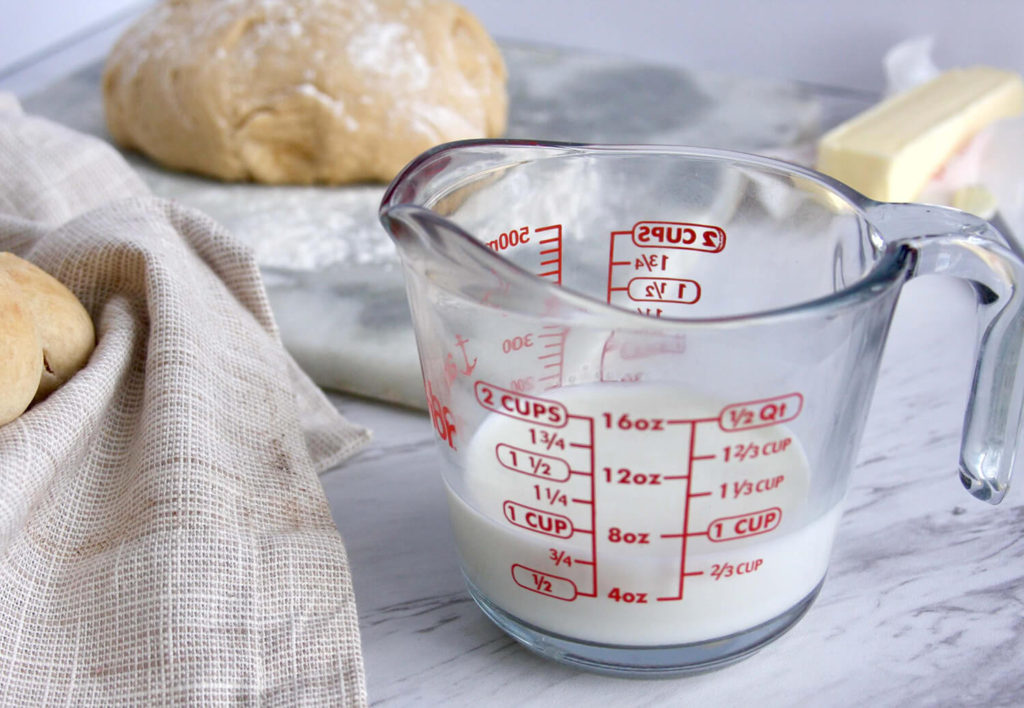
A recent study found a mix of dairy foods and plant-based foods had the best chance of closing nutrient gaps to support healthier Americans. The study tested the nutritional impact of three dietary scenarios by increasing intakes by 100%: 1) plant-based foods, 2) protein-rich plant-based foods (legumes, nuts, seeds, and soy) or 3) dairy foods (milk, cheese, and yogurt), while proportionately decreasing animal-based foods. When plant-based foods were increased by 100% people were more likely to meet their nutrient requirements for magnesium, iron, folate, and vitamins C and E, but less likely to meet nutrient targets for calcium, protein, and vitamins A and D. Increasing protein-rich plant-based foods (e.g., legumes, nuts, seeds, and soy) had no effect because they were consumed in low quantities; however, increasing dairy foods to meet recommended amounts helped more people reach their nutrient goals for calcium, protein, magnesium, and vitamins A and D, while sodium and saturated fat levels increased.
The bottom line; eating a well-balanced diet rich in plant foods and including dairy products helped close nutrient gaps. Beware of all or nothing thinking when it comes to your diet.
Twinkling Rolls
Course: SidesIngredients
1 1⁄2 cups milk, scalded*
1⁄2 cup warm water
2 packages active dry yeast, 0.25 oz each
2 teaspoons salt
1⁄2 cup sugar
7 cups flour
1⁄2 cup butter, melted
2 eggs
Directions
- Heat milk just until it starts to steam; let cool to lukewarm.
- Dissolve yeast in warm water.
- In a large bowl mix together flour, salt, and sugar.
- Add melted butter, eggs, lukewarm milk, and water and yeast mixture to flour mixture.
- Combine all ingredients and knead on a floured surface into to smooth ball. Place in a lightly greased mixing bowl, cover with a towel, and place in a warm spot.
- Let rise until double (time will vary depending on temperature). Punch down; let rise again.
- Divide dough into balls and place on an ungreased baking sheet. Let rise until double again.
- Bake at 400 degrees for 10 minutes.
Notes
- *Older recipes often call for scalded milk to kill bacteria and an enzyme that prevented it from thickening in recipes. Today milk is pasteurized but scalding the milk helps melt the butter and dissolve the yeast. The whey protein in the milk can also weaken gluten and prevent the dough from rising properly.
